The talented writer Eileen Chang once said: Gorgeous robes are often covered in lice. In seemingly clean environments, microorganisms thrive. Today, let’s talk about the dirt on the tea table.
1 Tea Towel Filth Index: ★★★★✰
Because tea towels are used briefly and only to wipe cleaned tea utensils, many people don’t wash them promptly after use.
The damp, fibrous texture becomes an ideal breeding ground for microbes. Repeated contact with hands, tabletops, and the bases of tea utensils leads to bacterial exchange and cross-contamination. Tea towels may harbor more bacteria than banknotes, phones, or even toilets.
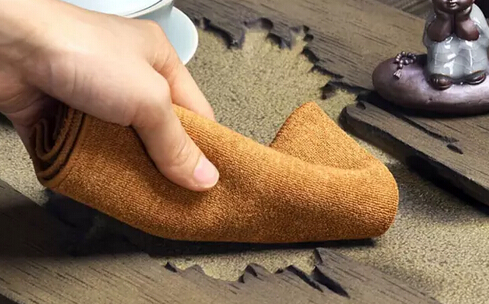
Cleaning Tips:
❶ Replace every 2–3 months.
❷ Wash and disinfect separately from tea utensils after each use.
❸ Perform a deep clean periodically.
2 The Six Gentlemen of Tea Filth Index: ★★★✰✰
For most people, these tea tools are auxiliary and not used frequently. When not in use, they are often stored with the handling end facing upward—the part most touched by hands. Human hands carry countless bacteria, as we all know. Additionally, if tea tools are not fully dried after washing, the damp, enclosed tea tube can become a haven for mold.
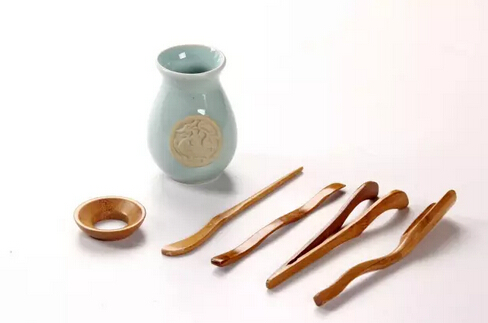
Cleaning Tips:
❶ Clean them regularly.
❷ Store the tea tube in a dry, ventilated place.
❸ Dry tools thoroughly after washing.
3 Tea Strainer Filth Index: ★★★✰✰
Tea strainers can usually be rinsed with tap water to remove visible residue. However, strainers with fine mesh are prone to tea stain buildup and, when constantly damp, the fibers can degrade and oxidize. This slows down the pouring speed over time.
When the strainer starts to discolor slightly, it’s a sign that a thorough cleaning is needed.
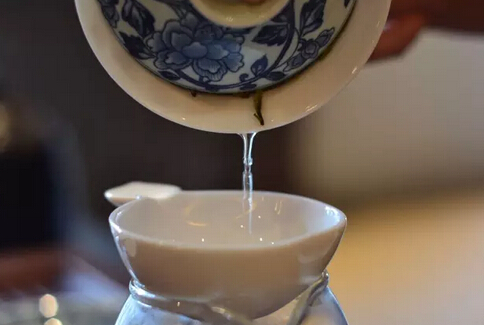
Cleaning Tips:
❶ Replace when necessary.
❷ For reusable strainers, gently scrub with a soft brush and baking soda.
4 Underside of Tea Table, Drip Tray, and Seams Filth Index: ★★★★★
For many tea lovers, brewing tea at the table is a delightful experience. But it’s hard to imagine the filth lurking beneath large, semi-fixed tea tables that are difficult to disassemble and clean.
People often clean only the tabletop, neglecting the drip tray underneath, the back of the table, and the seams. These damp areas, if not cleaned promptly, can grow mold and emit foul odors.
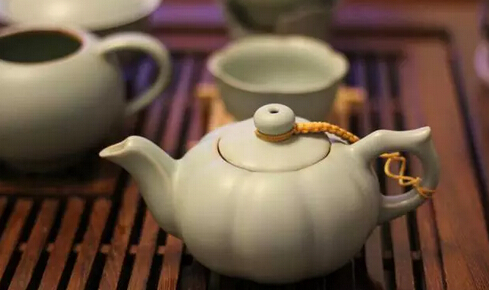
Cleaning Tips:
❶ In hot, humid summers, clean weekly.
❷ Keep the table in a dry, ventilated area.
5 Drainage Pipe and Wastewater Bucket Filth Index: ★★★★✰
Drainage pipes and buckets that collect discarded tea water, if left uncleaned, will accumulate tea stains, breed bacteria, and emit unpleasant smells. This ruins the aesthetic and spoils the tea-drinking mood.
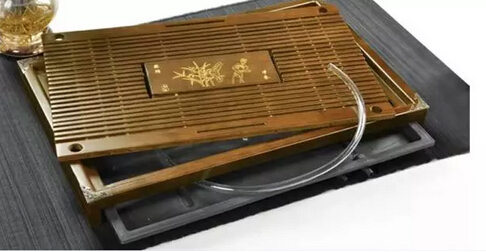
Cleaning Tips:
❶ Replace the drainage pipe if it becomes too discolored to see the water flow.
❷ Rinse the bucket thoroughly after disposing of wastewater.